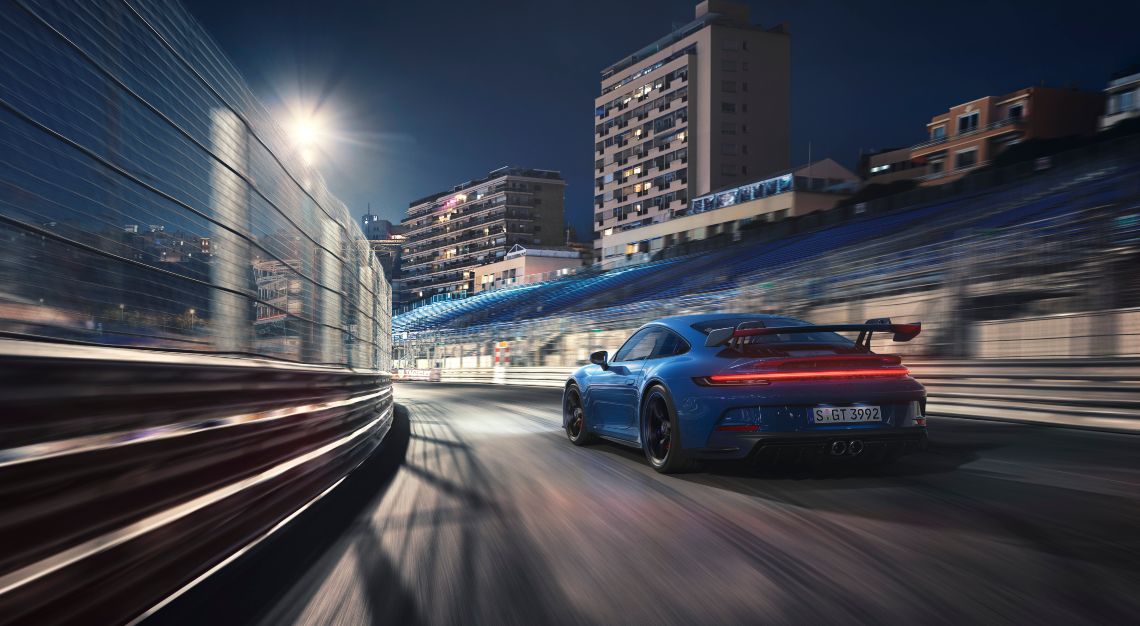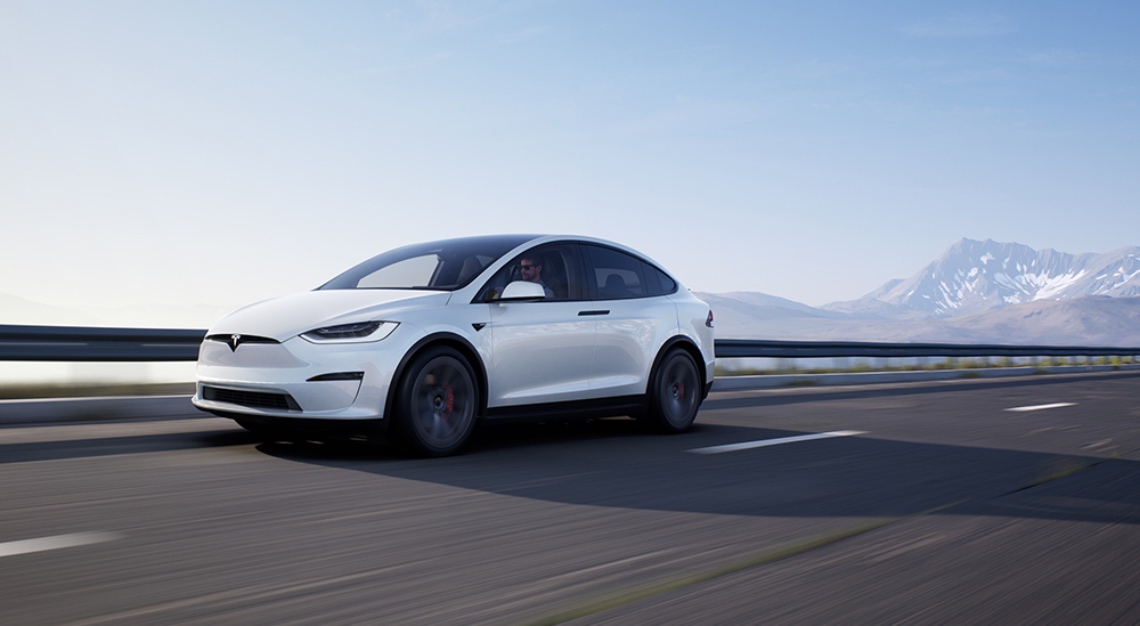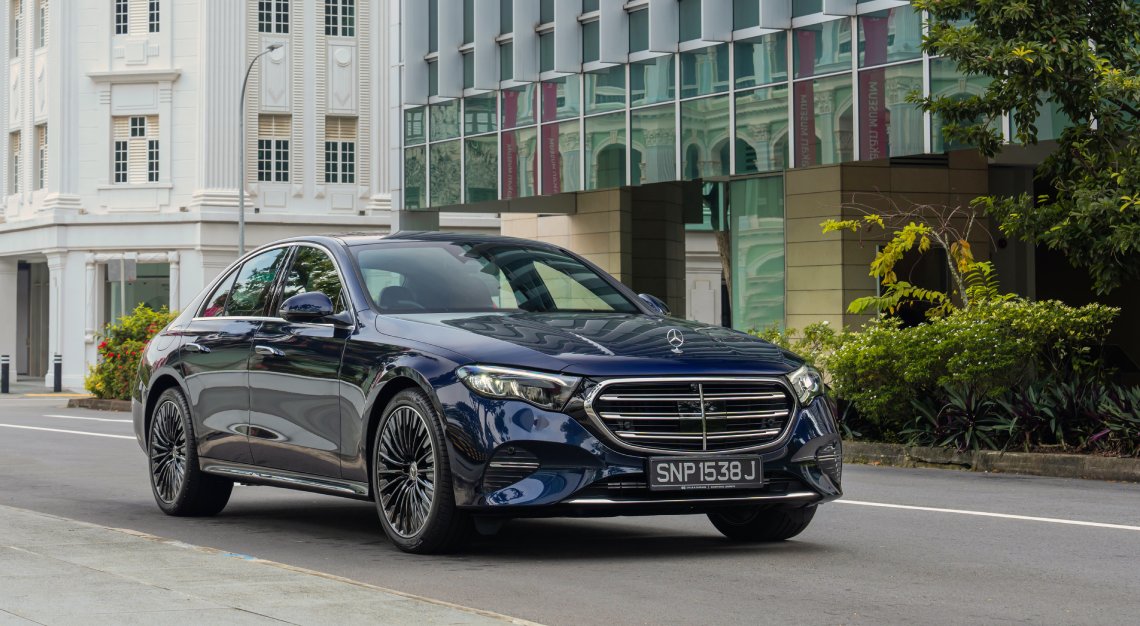Key highlights include motorsport-grade aerodynamics, a unique front axle and a Nurburgring lap time of just under seven minutes
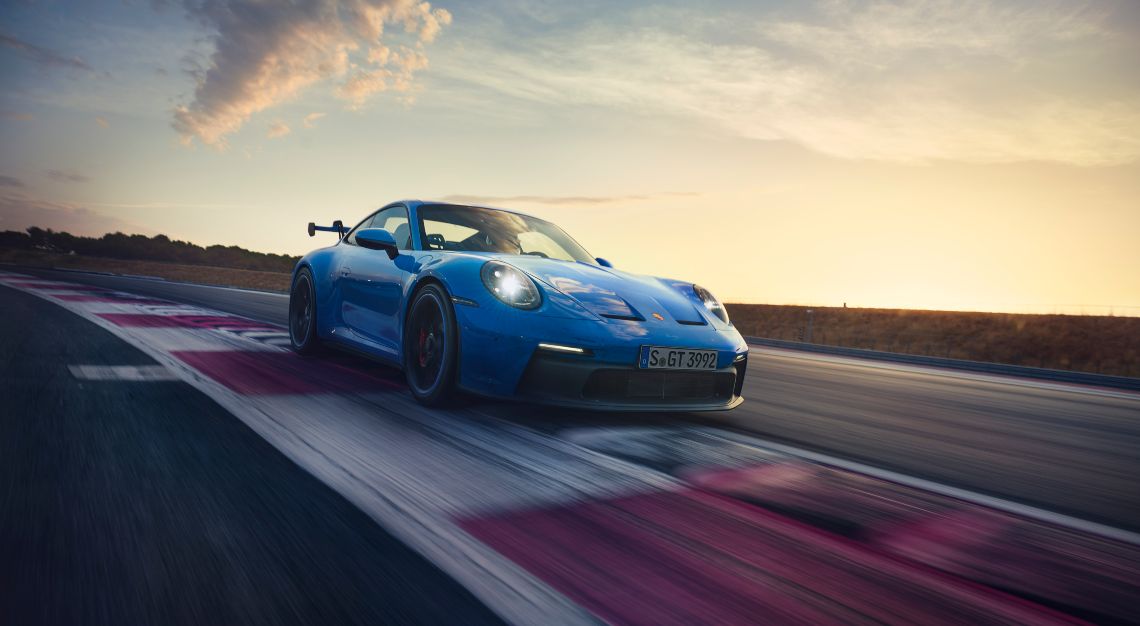
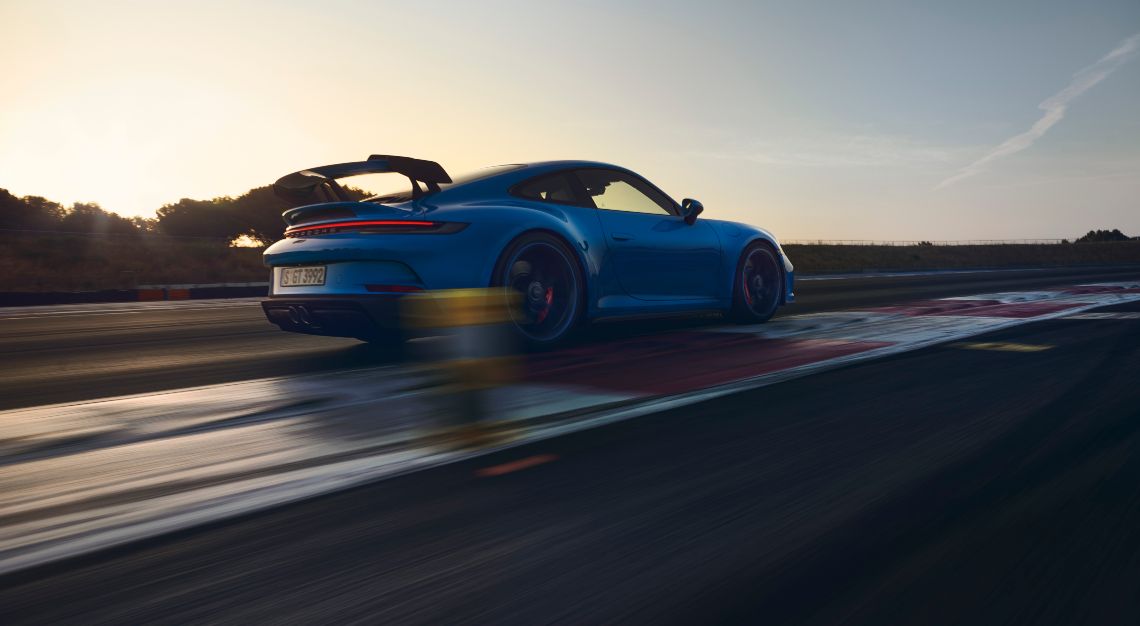
Without a doubt, this is the Porsche that all enthusiasts have been waiting for, the GT3, though it could be equally argued that the Taycan was also highly anticipated, but for very different reasons. Now in its seventh outing, a tradition that began with the car back in 1999, the new 911 GT3, based on the new 992-generation chassis, is probably the variant whose power has swollen the least since its introduction over two decades ago.
While the latest 911 Turbo S’ power has swollen to 650hp from 450hp since the turn of the millennium, the GT3’s output has grown by a far more modest amount — it now stands at 510hp, growing by just 124hp in the same time period.
But the point of the GT3 has never been about outright power numbers, and it’s just 10hp more powerful than the model it replaced. Its four-litre naturally aspirated engine is carried over wholesale from the limited-run 911 Speedster. Rather, the number it’s more concerned with is lap times at a race track. The new GT3 is 17 seconds quicker around the Nurburgring than its immediate predecessor, clocking a 6:59 lap time on street-legal tyres. For reference, that’s just two seconds slower than the 918 Spyder hybrid hypercar.
According to Andreas Preuninger, the head of Porsche’s GT product line, who we managed to get some time with in a video call a few days before the car’s official global debut, he said the main goal of the new GT3 wasn’t so much outright horsepower, but to improve driveability and aerodynamics.
To achieve the latter, the new car is arguably the most aerodynamically extreme of all ‘base’ GT3 variants ever, bearing more than a passing resemblance to the extra-hardcore GT3 RS. The gaping maw, enormous, top-suspended ‘swan neck’ adjustable rear wing and oversized rear diffuser make this the brashest GT3 in history visually, and that’s saying something since its predecessor wasn’t something you’d call subtle. Porsche is boasting of a 50 per cent improvement in downforce, without too much added to aerodynamic drag.
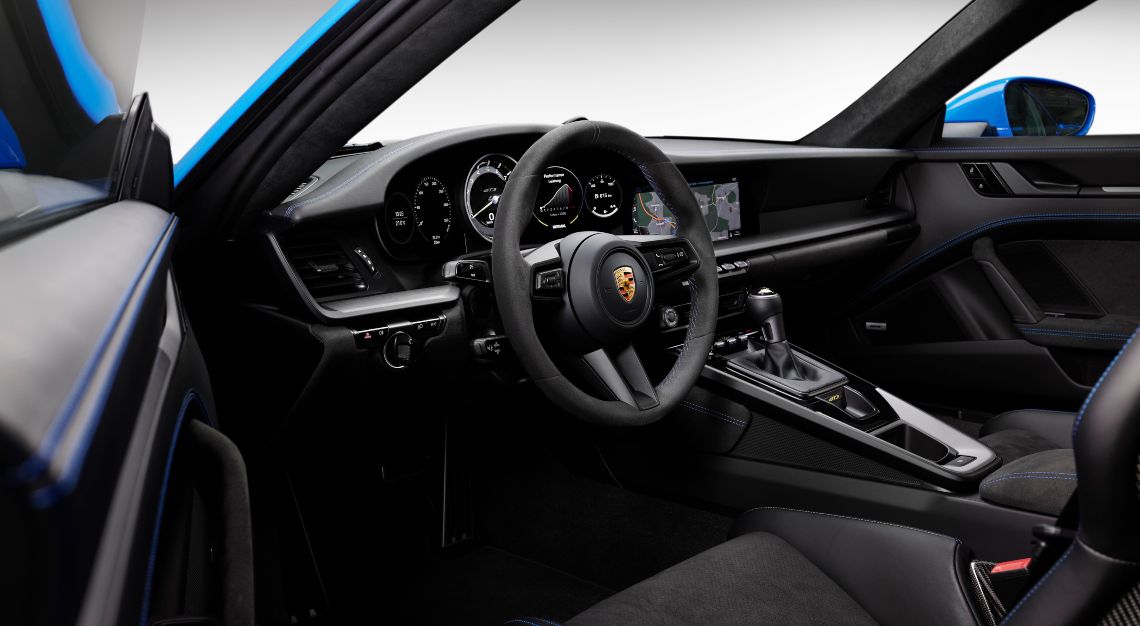
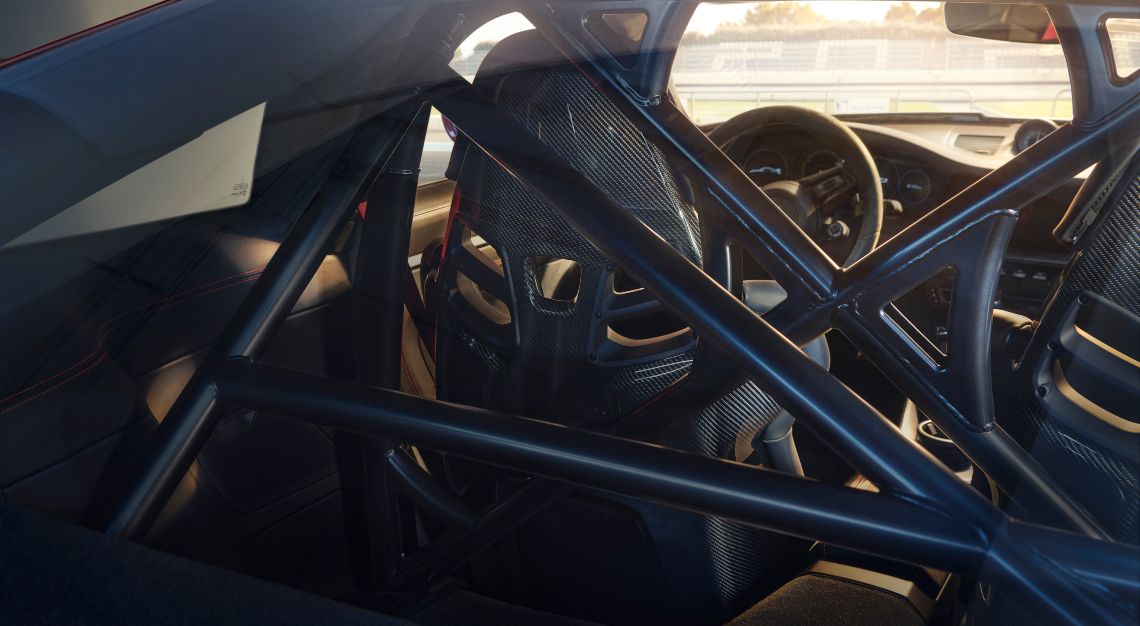
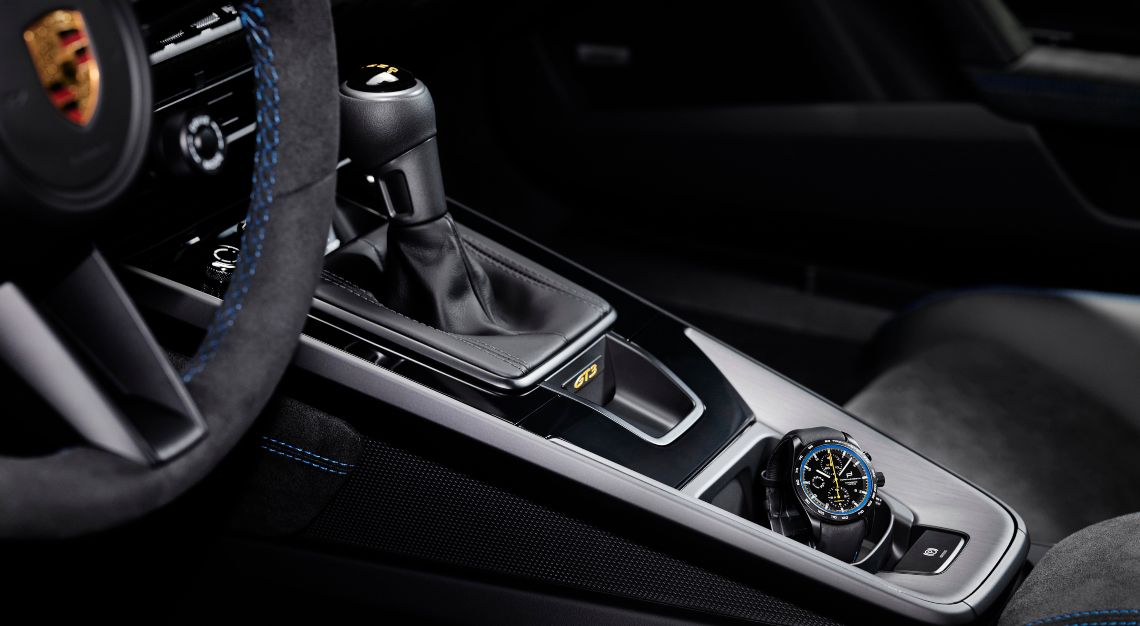
In addition to that, the new base model GT3 can also be specified for the first time with a carbon fibre roof at an extra cost, something previously only available with the GT3 RS.
To enhance driveability, both on the track and on the road, the new GT3 distinguishes itself further from other 911 models with the addition of a unique front axle suspension layout, with a double-wishbone design unique to the GT3. In other dissimilarities, the GT3’s gearlever is the older, longer one from the previous 911, unlike the stubby, key fob-shaped one on the current model.
But more than that, the GT3 is the last bastion of naturally aspirated hope in an increasingly turbocharged world (the entirety of the 911 product line is turbocharged save for the GT3), though that might all change come the next-generation model, something that’s not too far from Preuninger’s mind, who admitted the Porsche GT team is testing various solutions for the future, including hybridisation and (horror of horrors) turbocharging.
When quizzed about whether the addition of such systems would impinge too much on the ‘soul’ of a Porsche GT car, Preuninger said that as long as they can find a way to include them and still keep GT cars “light, nimble, communicative… to not interfere with agility,” he wouldn’t rule it out.
At any rate Preuninger is confident he can make it work. “We’ve been making purist cars for over 20 years now, and then came in all these [electronic] systems, but we still managed to keep the soul of the GT3 exactly where it belongs,” he said.
Whether or not the GT3 will be the “last action hero” as Preuninger put it, for much longer remains to be seen, but if he has anything to say about it, it’s more than likely the six-speed manual gearbox offered on the GT3 will be a fixture for a long, long time to come.
